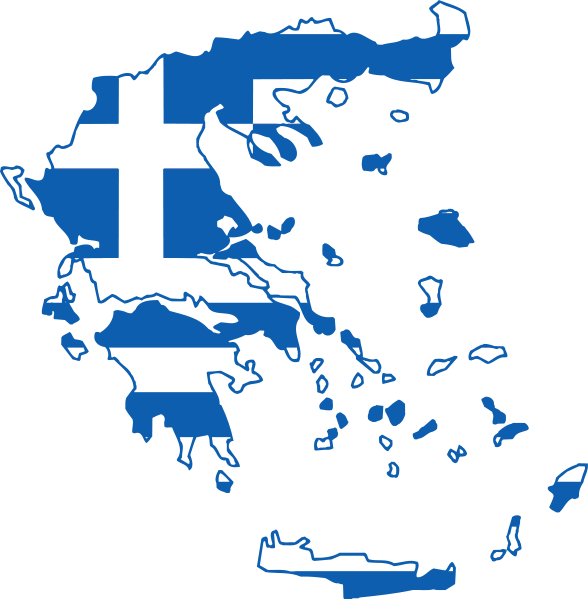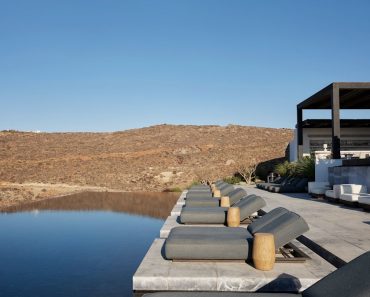A photo of shirtless male tourist on Naxos lifting a big piece of marble over his head like Hercules has critics denouncing the act and calling for more guards on archaeological sites in Greece.
The act was considered disrespectful and upset residents on the popular island who derided it on social media and the photo was posted
The picture of the disrespectful half-naked “Hercules”Facebook by a local businessman, Alexandros Frantzeskos, complaining about “Banana Republic Tourism” and asking why there weren’t guards at the site.
After the incident, the Cyclades Islands Member of Parliament from New Democracy, Markos Kafouros, is bringing the issue to Parliament and he sent a report was sent to Culture Minister Lina Mendoni, said Naxos Times.
https://artdependence.com/articles/tourist-lifting-ancient-marbles-on-naxos-greece-triggers-outrage/
He asked what measures the Ephorate of Antiquities of the Cyclades intends to take to protect the monument, when they will be implemented and how the safeguarding will be ensured, the report said.
Kafouros emphasized that Portara, where the incident happened, is not just a tourist attraction, but a global symbol of culture, which requires respect and substantial care and not a place for picnics and damages to the monument.
Mayor Dimitris Lianos, told media that a guard had been temporarily placed in the archaeological site but didn’t know if the position was permanent and it wasn’t said if one was on duty when the photo was taken.
In ancient times, a strip of land connected the northern side of Naxos port to the islet of Palatia, where according to myth, Ariadne, the Minoan princess, was abandoned by her lover Theseus after he killed a Minotaur on the island of Crete.
Some researchers claim, though, that this temple was to be built in honor of Apollo, the Greek god of light who protected music and poetry. Proof of this lies in the fact that the temple faces in the direction of Delos – Apollo’s birthplace, according to mythology, said Art Dependence.
In the 6th century BC, when Naxos was at its peak of glory, the then-ruler tyrant Lygdamis wanted to build the highest and most magnificent building. He ordered the construction of a massive temple, but when war broke out between Naxos and Samos, construction work stopped abruptly.
After that, Lygdamis was overthrown in 506 BC, and the temple, which was supposed to be at least a hundred feet tall, was never completed.
The temple’s architectural order would be Ionic. The structure would be 59 meters long and 28 meters wide, with a peristyle of 6×12 columns. Today all that remains of the temple is the Portara. It is around 6 meters (19.68 feet) high and 3.5 meters (11.48 feet) wide and consists of separate monoliths, each weighing about 20 tons.







